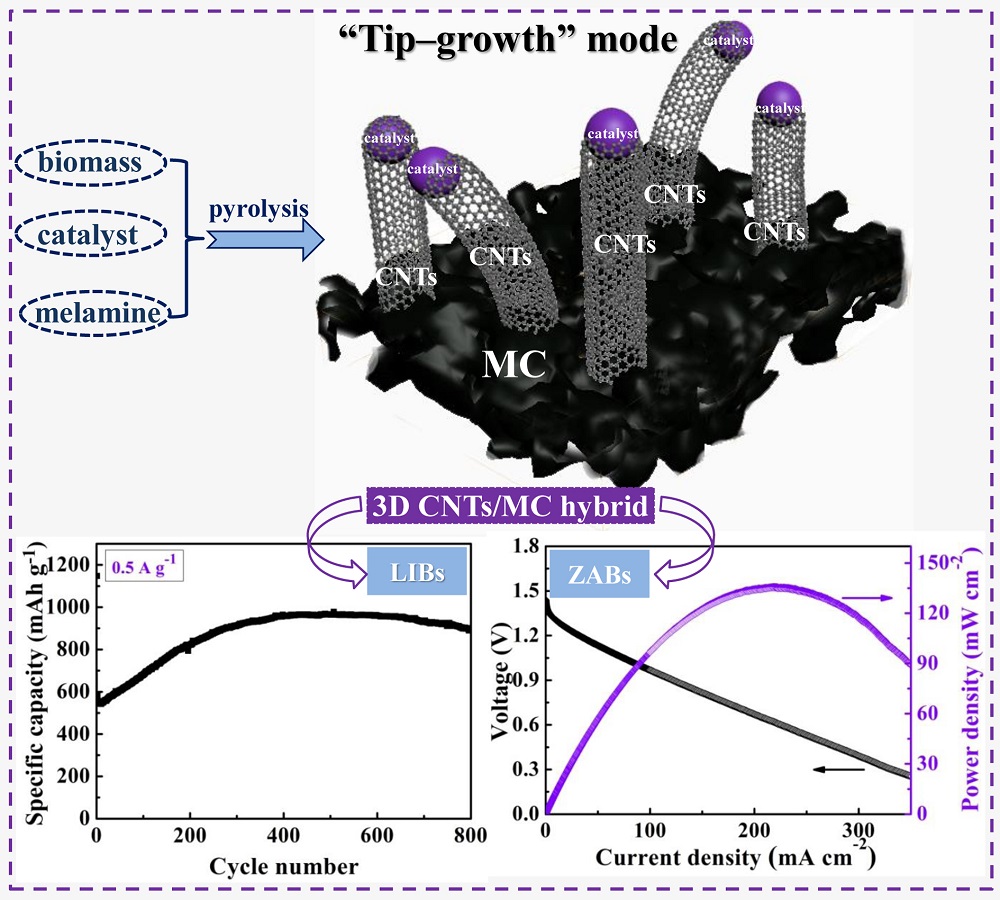Fig.4 displays the X-ray photoelectron spectroscopy (XPS) spectra of CNTs/MC-Y (10/3/100) hybrid. From the XPS survey spectrum in Fig.4(a), C 1s, O 1s, N 1s and Fe 2p peaks can be clearly evidenced, demonstrating successful N doping and possible formation of Fe
2O
3 and Fe
3C. As shown in Fig.4(b), the HR C 1s peak can be deconvoluted into three different configurations: C–C/C=C (284.5 eV), C–N (285.3 eV) and C–O (288.5 eV) [
37]. The presence of C–N bond also indicates effective N doping in carbon matrix. As for the HR N 1s peak in Fig.4(c), it can be fitted into five various configurations: pyridinic N (397.8 eV), Fe–N (398.6 eV), pyrrolic N (399.6 eV), graphitic N (400.6 eV) and oxidized N (401.4 eV) [
38–
40]. Previous studies have confirmed that pyridinic N facilitates the adsorption of O
2 molecules and breaking of O–O bond [
41,
42]; pyrrolic N usually locates at the edge of carbon planes, and enhances lithium adsorption capability for Li
+ due to its defect property [
43,
44]; graphitic N with unpaired electron can accelerate the mobility of charge carrier and improve the conductivity [
45]. While the existence of Fe–N structure can adjust the state density of carbon near the Fermi level, and lower the local work function, thus promoting the intrinsic activity towards ORR [
46]. Fig.4(d) displays the HR Fe 2p spectra. The peak at 707.1 eV corresponds to the existence of Fe
3C. Previous literatures uncover that the presence of Fe
3C not only plays a role of an electrocatalyst to boost the conversion reversibility of solid electrolyte interface (SEI) film, but also changes the electronic state of carbon matrix, thus improving the surface reaction kinetics and providing more active sites for lithium storage [
47]. Apart from the impact on LIBs, the effect of Fe
3C on the ORR performance has also been explored [
48]. It is generally acknowledged that Fe
3C does not take part in ORR in a straightforward way, but it can provide extra electron for the exterior orbital of surrounding carbon atoms, which benefits the activation of O
2 during ORR. With regard to the peaks at 709.9 and 712.5 eV, they can be assigned to the Fe
2+ and Fe
3+ species, respectively. The existence of Fe
2+ species is in favor of the formation of active Fe–N structure.











